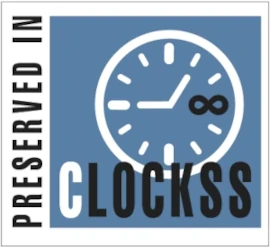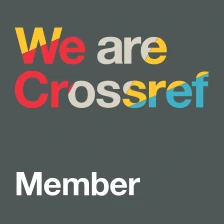Publication of Issue 16 'Trafficking in Minors'
Publication of issue 16 of Anti-Trafficking Review ‘Trafficking in Minors’
Guest Editor: Brenda Oude Breuil
Editor: Borislav Gerasimov
The phenomenon of child trafficking, and related ones, such as child labour, migration or online sexual exploitation, have always held a prominent role in the discourse, policies, and practices in the field of human trafficking. This is evidenced by the numerous campaigns and initiatives by governments, non-government organisations, and international agencies to address the issue. However, the urgency of the problem, its constant evolution, and the emotional responses it provokes, often lead to superficial and knee-jerk reactions that obscure its root causes and deflect attention and resources away from grounded, sustainable solutions.
With 2021 proclaimed by the United Nations as International Year to Eliminate Child Labour, this new Special Issue of Anti-Trafficking Review with the theme of ‘Trafficking in Minors’ is well-timed. Contributors examine the phenomenon in different contexts and from a number of perspectives. Mike Dottridge highlights the failure of many countries (focusing specifically on Benin, Vietnam, and the United Kingdom) to adequately distinguish between child trafficking and adolescents’ independent migration and the negative consequences of this failure on children. Bernard Koomson and Dawuda Abdulai show the disconnect between Ghana’s definition of a child as someone under 18 years of age – based on international law and Western ideals of childhood – and the perceptions of ‘childhood’ and acceptable ‘work’ or ‘training’ of minors in fishing communities on the Volta Lake. Also based on research among fishing communities on the Volta Lake in Ghana, Sam Okyere, Nana K Agyeman and Emmanuel Saboro analyse campaigns against child trafficking that use videos taken during anti-trafficking raids. They document the shock and grief of community members, wrongfully portrayed by campaigners as traffickers, and argue that there is little incentive for NGOs to change their ways because these representations capture the attention of audiences—and the dollars of donors.
Elena Krsmanovic continues the topic of representation of child trafficking through an analysis of how media in the UK report on the problem differently depending on whether the child is British or foreign-born, and how this differential treatment impacts the assistance trafficked minors receive. Brenda Oude Breuil tackles the lesser-known phenomenon of child trafficking for exploitation in criminal activities in the Netherlands. She documents how the perception of frontline practitioners as this being a ‘Roma problem’ leads to limitations in the overall identification of victims and contributes to existing stigma. Katherine Soltis and Madeline Taylor Diaz also focus on children trafficked for exploitation in criminal activities but in the context of the United States. They denounce the inhumane US immigration policies and make specific recommendations for their reform. In the final thematic article in the issue, Nishat Hyder-Rahman explores the intersections between commercial gestational surrogacy, the sale of children, and child trafficking and demonstrates that anti-trafficking legislation is not an appropriate response ‘reproductive tourism’, despite the attempts of some countries to conflate the two.
In addition to these seven conceptual and research-based articles, we publish two short articles. In the first, Elya M Durisin and Emily van der Meulen show how, in the context of Canada, concerns about the sexual exploitation of minor girls have been superimposed on adult women, leading to legislation that further criminalises adult sex work. In the second, Melinda Gill argues that the raids and awareness-raising campaigns conducted in response to online child sexual exploitation in the Philippines are inadequate to the reality of the phenomenon. She calls for long-term interventions that address socio-economic conditions of families and children and strengthen access to reproductive health and rights education.
Taken together, the articles in the Special Issue show that trafficking in minors, child labour, and related phenomena, cannot be seen in isolation from larger socio-economic and political developments related to access to education, healthcare, decent work and social protections, or discrimination based on race, gender, ethnicity, class, caste, and others. To be truly successful, anti-trafficking interventions need to focus on these root causes rather than simply criminalisation and rescue interventions.
View the new issue at https://www.antitraffickingreview.org/index.php/atrjournal/issue/current



